At a time when feminism is grimly engaged in disappearing up its own intersection (two transsexuals squabbling over a tampon is the image that comes to mind) Caitlin Moran is to be bravo’d till the sacred cows come home for bringing her super-brightness to bear on this most vital of subjects. Like the rest of the western world and its stepdaughters, I loved How To Be a Woman and was excited to see what she would come up with next; when I heard it would be a novel, I was a little underwhelmed, having read her previous attempt at Young Adult fiction, The Chronicles of Narmo.
When I realised in the opening chapter that it was another novel about a big family, I felt very tired; in my experience, people from big families like to believe that we only children go around permanently traumatised from not having had anyone to share our toys with. But in reality, we look at them sadly not out of bitter envy but through sheer molten pity. Who on earth ever wanted to grow up sharing a bedroom in Bedlam?
There’s a lot about masturbation here — as much an age of coming as a coming of age novel — and the ensuing embarrassment which follows from treating oneself as a moveable feast while surrounded by siblings. But once you’ve shaken off these early indicators of a sordid shambles, things get really good. Moran’s writing is frequently magical in its throwaway precision; a man’s tie ‘looks like it has been put on by an enemy’, while kissing ‘is brilliant: I would put it just below telly but definitely above drinking, squeezing blackheads or fairgrounds’.
She writes with breathtaking brio, like a great professional hoofer who has been toe-tapping since tot-hood but has never grown tired of performing: very much a ‘Ta-da! — see what I did there?’ type of writer. Just once in a while it gets a bit more Louie Spence than Ann Miller — the somewhat crazed gagging and gurning over the heroine’s out-of-control sex-drive — but this could be a sign of my advanced age.
Of course, Moran starts with far better raw material than your average entitled Oxbridge hackette. This is, after all, the barely fictionalised story of a brilliant fat girl from a working-class provincial family who becomes a journalistic wunderkind; when a story is so great, why change it? Books about the wonder of working at music papers often tank — think of Tony Parsons’s Stories We Could Tell — as the only people who tend to find the subject interesting are people who get their books for free. But this is so much more, and Moran shows her shining soul — which is even more remarkable than her wit — when she writes about being young, looking for love and the utter vileness of the class system.
Sometimes I couldn’t work out whether this book was aimed at mature adolescents or immature adults, but I loved it anyway — even before I came across the very pleasing mention of myself in Chapter 20, and the even better one in Chapter 24. Moran’s detractors will find lots to loathe here, but as with the criticisms of How To Be a Woman — ranging from ‘nudge-nudge’ to ‘narcissistic’ — such poltroons immediately flag themselves up as humourless, envious ass-hats.
Ignore them; almost every page has something on it which makes you smile, makes you sad or makes you think — often all three at once, in one sentence. How very unusual, and how very Moran; from rock chick to Mother Courage, with her best yet to come.
Got something to add? Join the discussion and comment below.
Get 10 issues for just $10
Subscribe to The Spectator Australia today for the next 10 magazine issues, plus full online access, for just $10.
Available from the Spectator Bookshop, £12.99. Tel: 08430 600033
You might disagree with half of it, but you’ll enjoy reading all of it. Try your first month for free, then just $2 a week for the remainder of your first year.


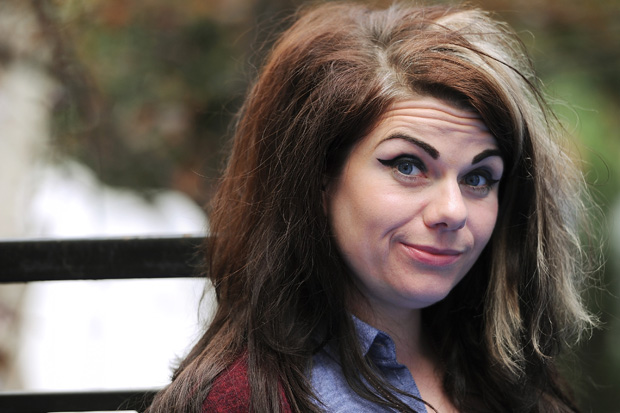

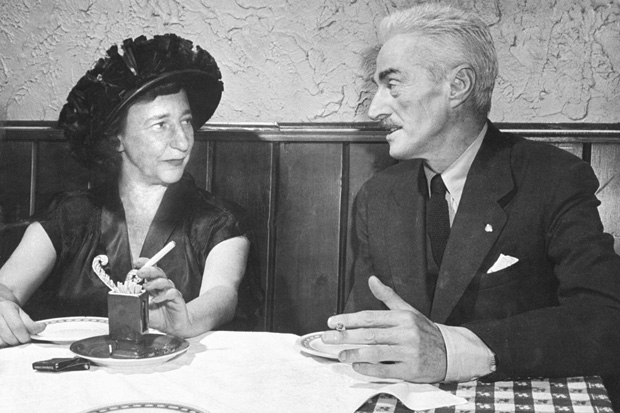
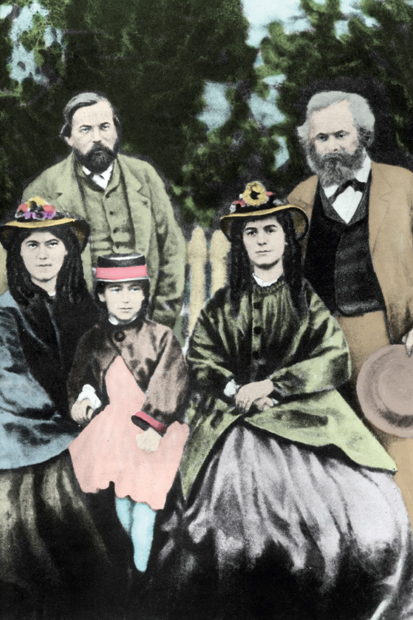
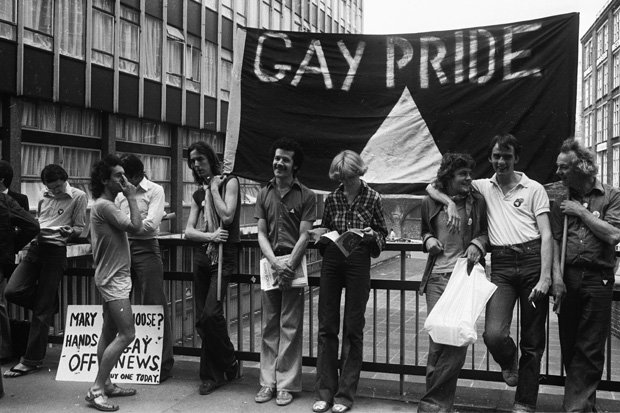
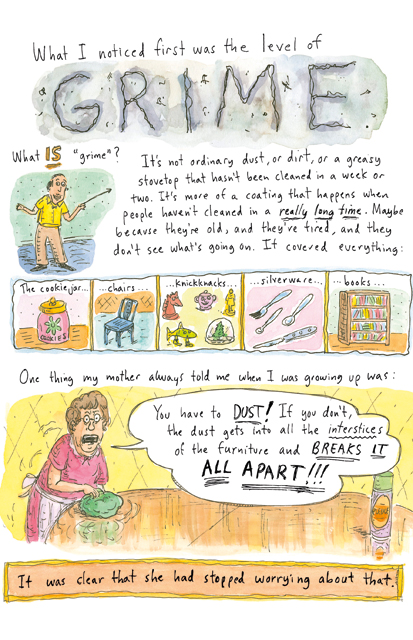
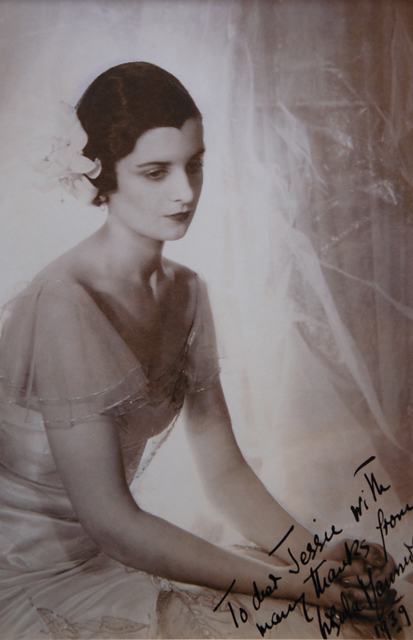






Comments
Don't miss out
Join the conversation with other Spectator Australia readers. Subscribe to leave a comment.
SUBSCRIBEAlready a subscriber? Log in